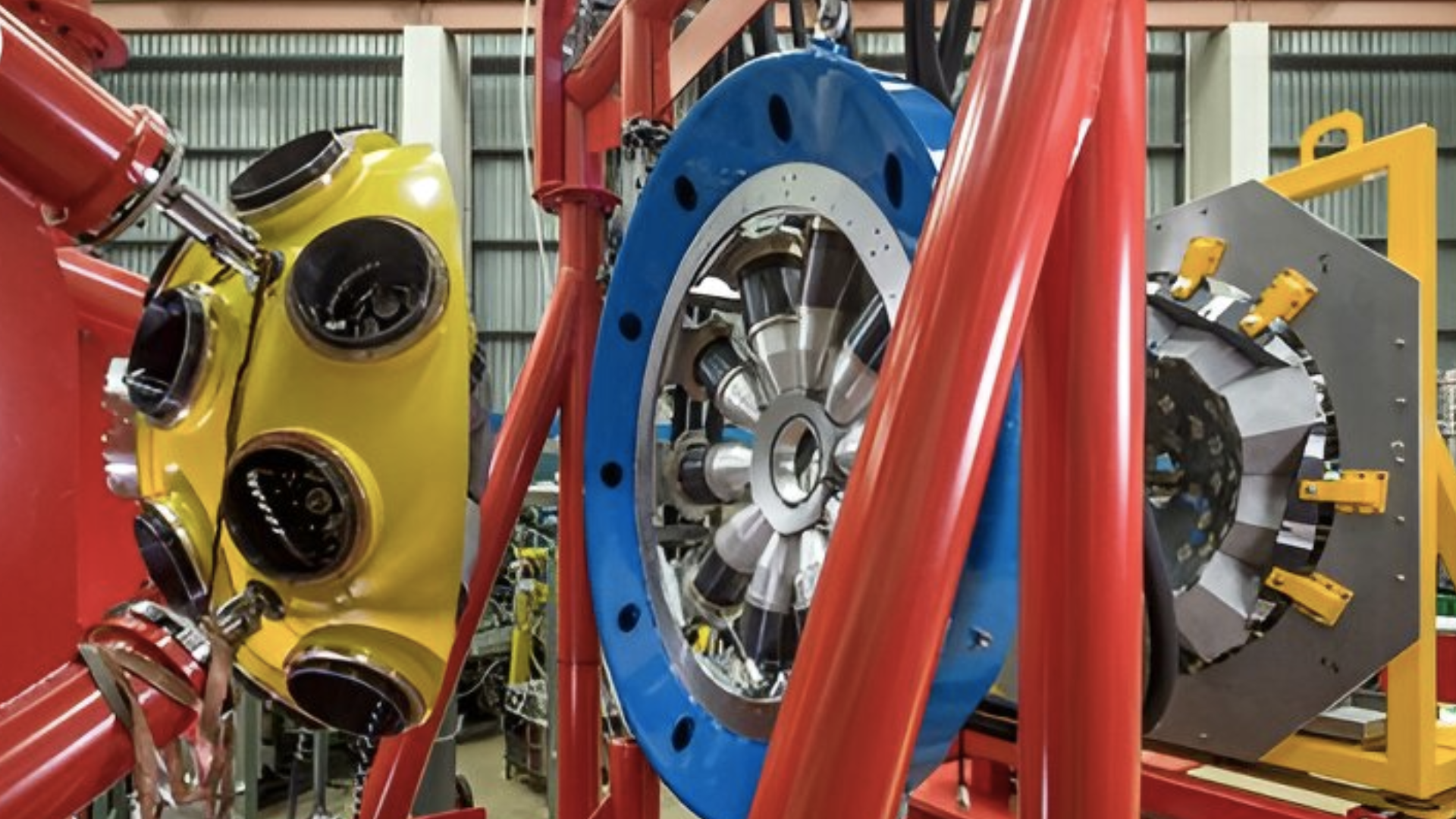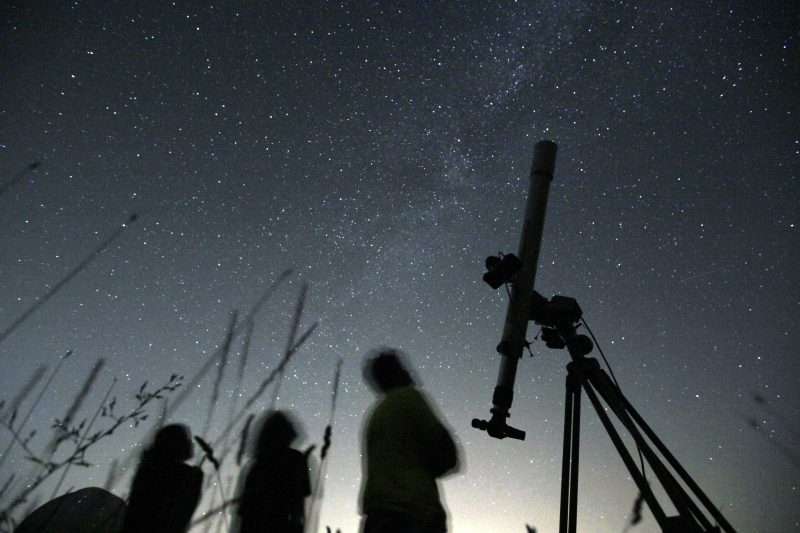The nearby summer sky features the Perseids, the blue moon, the planets, and the Milky Way
Perseid Meteor Shower – August 11th and 12th
In my experience, the highlight of every summer is the annual Perseid meteor shower, which peaks on the evenings of August 11th and 12th this year. This is consistently the best meteor show of the year, and the fact that it occurs on typically mild nights makes it one of the most comfortable to watch.
Every year at this time Earth passes through debris streams of particles that fill the path of the periodic comet Swift-Tuttle, which orbits the sun on a long, twisting path every 133 years. Discovered in July 1862 by astronomers Lewis Swift and Horace Tuttle, the comet was linked to the Perseids in 1866 by Italian astronomer Giovanni Schiaparelli. Later research on ancient records mentions the shower for the first time in the year 36.
The Perseids are active from mid-July to the end of August. Their name derives from the point in the sky from which the shower members seem to radiate in the constellation Perseus, which rises in the northeastern sky after midnight.
The Perseids are fast and often leave continuous streaks of “trains” for several seconds after flashing across the sky. A single observer in a dark location can expect to see up to 100 Perseids at peak time early on the morning of the 12th. The waxing moon will set at 1am local time, giving you several hours of darkness quality.
Return of the planets
It’s been a while since we’ve had bright planets gracing our skies, but that’s about to change. Late evening and early morning skywatchers will have a number of our wandering solar system companions to keep track of.
For most of July and August, the action takes place in the morning sky, where you’ll find Saturn, Mars and Jupiter. Saturn rises first, cresting the southeastern horizon around midnight in mid-July and by 9pm in mid-August. Saturn reaches opposition, rising at sunset and setting at sunrise, on September 8.
Saturn is approaching one of its equinoxes, which occur every 15 years, and its famous rings are now turned at a very small angle to Earth. They will appear as two spikes framing the planet’s disk.
Reddish Mars and bright Jupiter greet early risers in the morning twilight throughout July, but they’ll both be well placed in the eastern sky for viewing by folks keen to catch the Perseids. On the morning of August 14, the two planets will pass into close conjunction, only a third of a degree apart.
Venus moves into action from mid-August, gradually appearing in the west as evening twilight begins. As we move into September, the dazzling planet will gradually retreat in front of the sun. As fall sets in, it will ascend to a prominent position in the evening sky for the rest of the year.
Don’t forget the Milky Way!
The backdrop for stargazing all summer long is the bright band that traces the star-studded Milky Way, the brightest parts of which arc majestically upward as summer winds down. That amorphous glow you see from places in the dark sky is the combined light of some of the hundreds of billions of stars that accompany our sun in a great cosmic spiral.
Three bright stars, Vega, Deneb and Altair, form the Summer Triangle cluster, which is separated by some of the galaxy’s brightest star clouds. Binoculars or a small, low-powered telescope will begin to break these clouds into individual stars and clusters, as well as show bright emission nebulae.
There will be four full moons between the summer solstice and autumnal equinox. These will happen this Saturday (Strawberry Moon), July 21st (Full Moon), August 19th (Sturgeon Full Moon) and September 17th (Harvest Moon).
Having four full moons in a single season is unusual; usually there are only three. This leads to one of the definitions of a “Blue Moon,” which, according to an account in the 1937 edition of the Maine Farmer’s Almanac, labels the third full Moon of a season as a “Blue Moon.” The most popular definition calls the second full Moon in a calendar month a “Blue Moon”. This last happened in August 2023.
Partial Lunar Eclipse – September 18
Summer holds one last treat for us just before the autumnal equinox. The full moon on September 17 will look a little strange as Earth’s shadow sweeps across its northern polar regions in a small partial lunar eclipse. The middle eclipse occurs at 10:44 p.m. ET in Washington, when about eight percent of the moon will be obscured.





